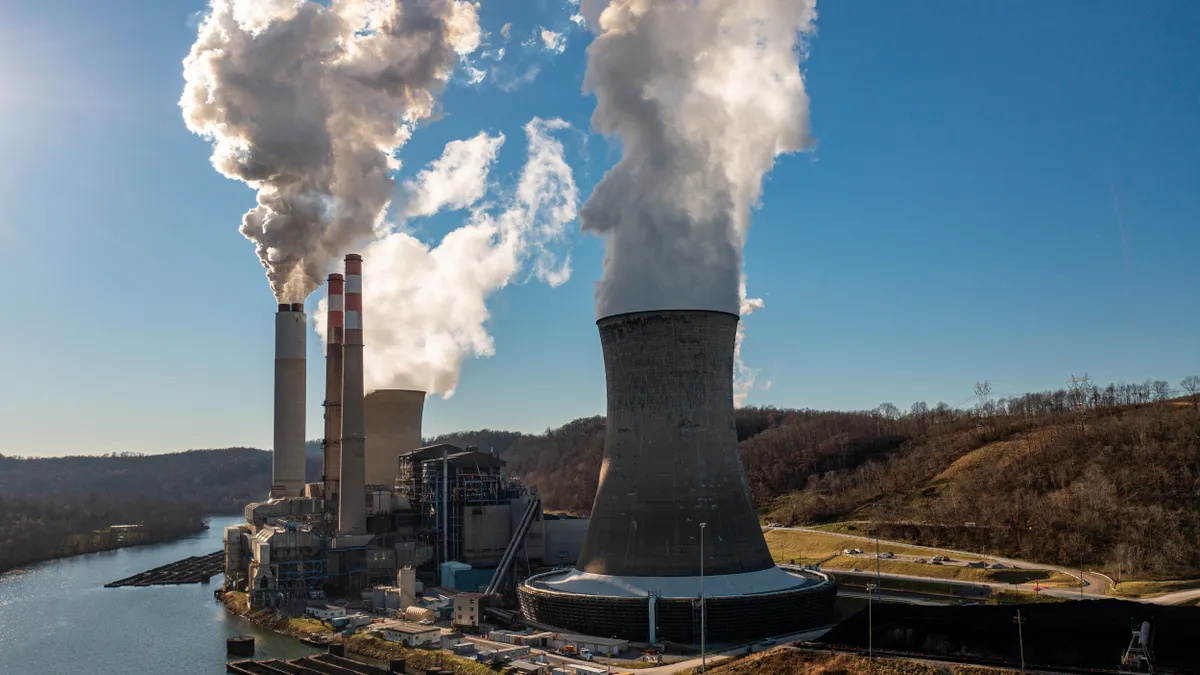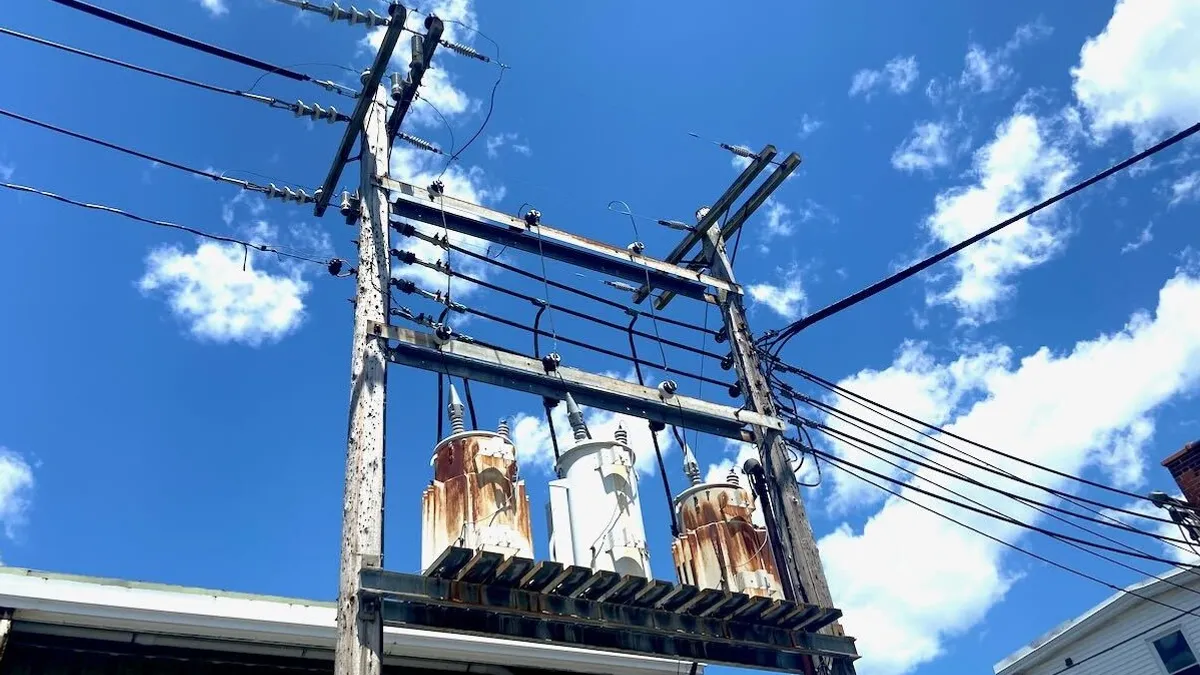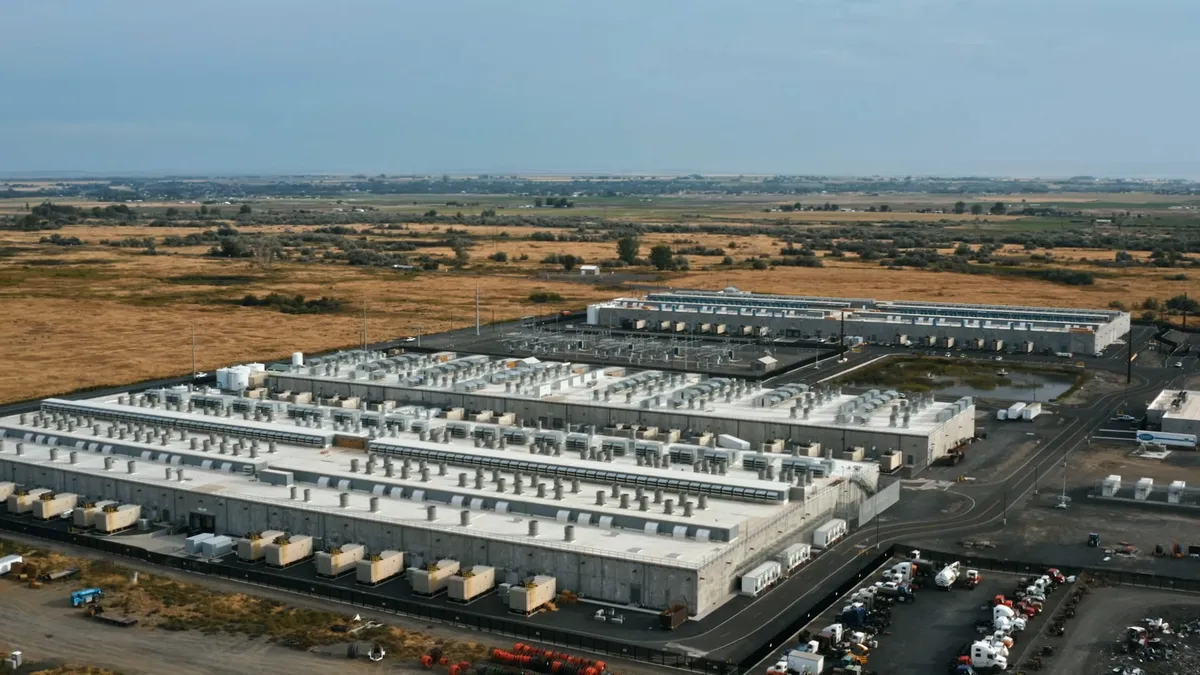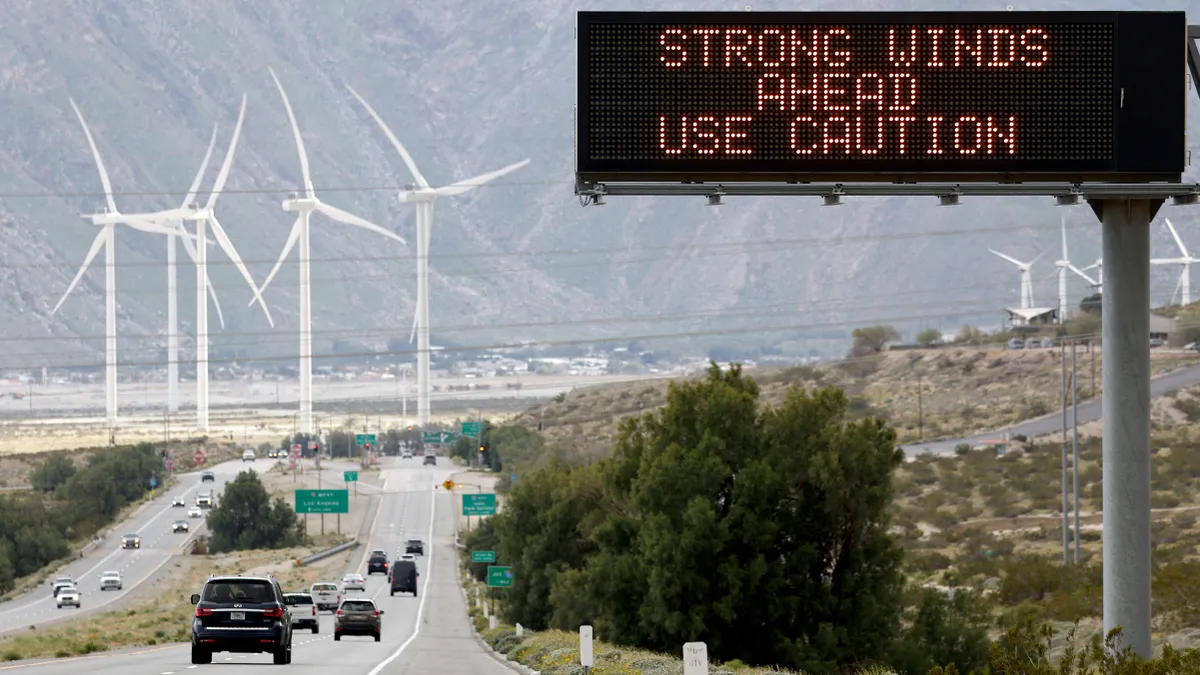If Massachusetts acts on recommendations in the recently released report from the state’s Department of Energy Resources (DOER), the state could have a mandate for 600 MW of energy storage by July of next year.
The DOER is in the process of forming a stakeholder group to discuss the details of what a storage mandate would look like, with a year-end 2016 target date for setting out its recommendations. If a mandate is approved, it would be put in place by July 12, 2017 with a target date of 2020.
However, the State of Charge report goes beyond the possible creation of an energy storage mandate and recommends a list of programs and projects, as well as policy changes that would facilitate the integration of energy storage into every aspect of the state’s grid.
The report used tools from Alevo Analytics to model the state’s electric system and found that the total optimal amount of advanced energy storage would be 1,766 MW. “Advanced” storage in the report does not include pumped storage, though it was included in the simulations. Massachusetts has about 1,600 MW of pumped storage capacity.
The modeling showed that adding up to 1,766 MW of advanced energy storage would maximize Massachusetts' ratepayer benefits to the tune of $2.3 billion. That would yield a benefit-cost ratio ranging from 1.7 to 2.4 for ratepayers. In addition to benefits for ratepayers, the modeling results also shows the potential for $1.1 billion in direct benefits to resource owners from market revenue.
The report identifies benefits from a range of functions that storage can provide, including energy cost reductions, reduced peak capacity, ancillary services cost reductions, transmission and distribution cost reductions and a greater ability to integrate renewable resources into the grid.
That analysis is one of the most important aspects of the report, said Brett Simon, a storage analyst at GTM Research. By breaking down the benefit-cost ratio for a variety of storage sectors – behind-the-meter, merchant, utility – it helps developers identify the “low hanging fruit,’ he said.
Regions ripe for peak shaving
One of the areas identified in the report as ripe for savings is peak shaving. Peak demand in the region, according to the ISO-New England’s State of the Grid 2016 report, is growing at a 1.5% annual rate.
According to the State of Charge report, between 2013 and 2015 on average the top 1% most expensive hours accounted for 8%, or $680 million, of Massachusetts ratepayers’ annual spending on electricity, and the top 10% of hours accounted for 40% of annual electricity spending, or more than $3 billion.
The conventional utility model “sizes all grid infrastructure to the highest peak demand, resulting in system inefficiencies and high costs,” the report argues, but new advanced storage technologies can optimize grid assets deferring investments and making better use of resources.
The report also touts pairing solar power with behind-the-meter energy storage for its potential cost savings, for both system owners and ratepayers. That policy is picked up in the state’s recently proposed revision of its solar power incentives.
In general, the report serves as a roadmap for policy initiatives, including a planned request for proposals that the DOER and the state’s Clean Energy Center (CEC) plan to release in October.
The RFP would use $10 million from the state’s Energy Storage Initiative program to fund storage demonstration projects, though the report recommends increasing the funding to $20 million. For commercial and industrial businesses, the report calls for $20 million in funding for a storage rebate program called MOR-Storage and aims to encourage that sector to invest in storage to lower their electricity bills and integrate on-site generation.
The report also calls for changes to the state’s Alternative Portfolio Standard (APS), which applies to technologies not covered by the state’s renewable portfolio standard, broadening the scope of eligible technologies under the APS beyond the currently eligible flywheel storage.
How Massachusetts can grow storage
For storage to grow in Massachusetts, “it is essential that clear rules are in place” at ISO-New England to enable full participation in the energy, capacity and ancillary services markets, according to the report.
Rules developed by the ISO were based on a traditional generation fleet, the report argued, and “do not yet recognize the unique operating characteristics of advanced energy storage, such as batteries, flywheels and compressed air storage.”
The ISO rules, for instance, limit the participation of advanced energy resources in its frequency regulation market. The ISO models storage as both a generation asset and a load asset, and each must be dispatched separately.
Such an approach uses pumped storage as a model, according to the DOER report, and is “fraught with operational challenges” as it does not take into account the ability of advanced storage to transition from functioning as either resource almost immediately.
Similarly, the DOER report said that while the ISO allows advanced storage to participate in its capacity market, it does not have specific references to advanced energy storage, leaving developers of those resources struggling “to understand how they can participate.”
The DOER report makes a similar critique of the ISO’s treatment of demand response. Creating an ISO-NE working group would support a level playing field for advanced storage in all ISO-NE markets.
Daniel Finn-Foley, an analyst at GTM, noted that many of the benefits cited in the DOER study rely on full participation in ISO-NE wholesale markets.The participation of storage under current rules is limited, he said, therefore, “engaging ISO-NE in the stakeholder process is a critical next step.”
ISO-NE spokeswoman Marcia Blomberg noted that the grid organization has “worked to ensure storage technologies of all types can participate in a comparable basis with other resources in our markets.”
She noted that in addition to pumped storage, there are storage pilot projects under way in Maine and Vermont and three proposed battery storage facilities totaling 93 MW.
In addition, the ISO “is continuing to evaluate how storage technologies can participate in the markets,” Blomberg said, and “based upon this review, any changes the ISO identifies would be discussed with stakeholders in the second half of 2017 with implementation dependent upon the magnitude of the changes.”
According to state officials, the DOER report makes a clear case that there is a positive return on investment for advanced energy storage; the difficulty is in how to monetize those benefits for developers.
The next step for the DOER will be to make policy recommendations that state regulators can examine and potentially put into place.
The report brings a lot more clarity to Massachusetts energy storage proposals, said Simon. Overall, he said the DOER report “provides a baseline for building public policy.”






















